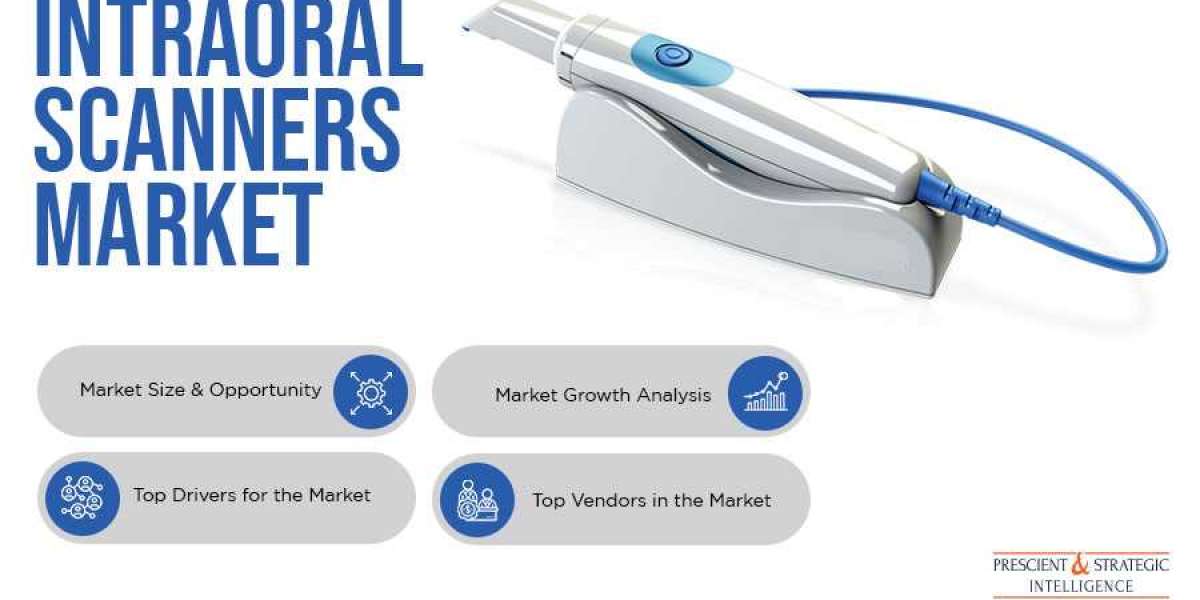The rising prevalence of dental problems around the world, especially amongst the underprivileged people of developed and developing nations, is significantly contributing toward the surge in the demand for intraoral scanners. Edentulism, which is a condition of tooth loss, is one of the biggest factors responsible for the increasing adoption of intraoral scanning procedures and usage of dental implants like dentures. As per the National Health and Nutrition Examination Survey, almost 91% of adults in the age group 20–64 suffer from tooth decay and dental caries in the U.S every year.
The intraoral scanners market is currently witnessing the trend of dental tourism in numerous countries. This is mainly attributed to the fact that the cost of medical treatment is very high in developed countries, and so the people living here are moving to the developing nations in order to avail dental treatment at affordable prices. Moreover, the increasing inter-connectivity in the world and globalization have resulted in the easy transfer of technologies, materials, and techniques, which has, in turn, allowed dental care providers in developing countries to offer their services at significantly lower prices.
The other major factors propelling the adoption of intraoral scanners across the world are their versatility and improving functionality. These scanners offer optical impressions with great accuracy and speed and can create virtual 3D models easily, and thus detect even the minute details of the impressions. Such systems also offer scans with complete diagnostic information and provide quick results to both the patients and dentists. Due to these factors, these devices are enhancing the accuracy and workflow of numerous dental procedures.
Globally, the highest adoption of intraoral scanners was observed in Europe, mainly on account of the presence of major manufacturers of these devices in the region. Asia-Pacific (APAC) region is expected to observe the fastest growth in the demand for these dentistry systems during the forecast period. This is primarily ascribed to the soaring geriatric population in several countries, such as India, China, and Japan, increasing healthcare expenditure, rising prevalence of dental disorders, improving economic conditions, and mushrooming number of dental practitioners and clinics.
Thus, it can be concluded that owing to the increasing incidence of dental problems, rapid advancements in the healthcare sector, and surging geriatric population, the demand for intraoral scanners will observe huge growth in the coming years.








